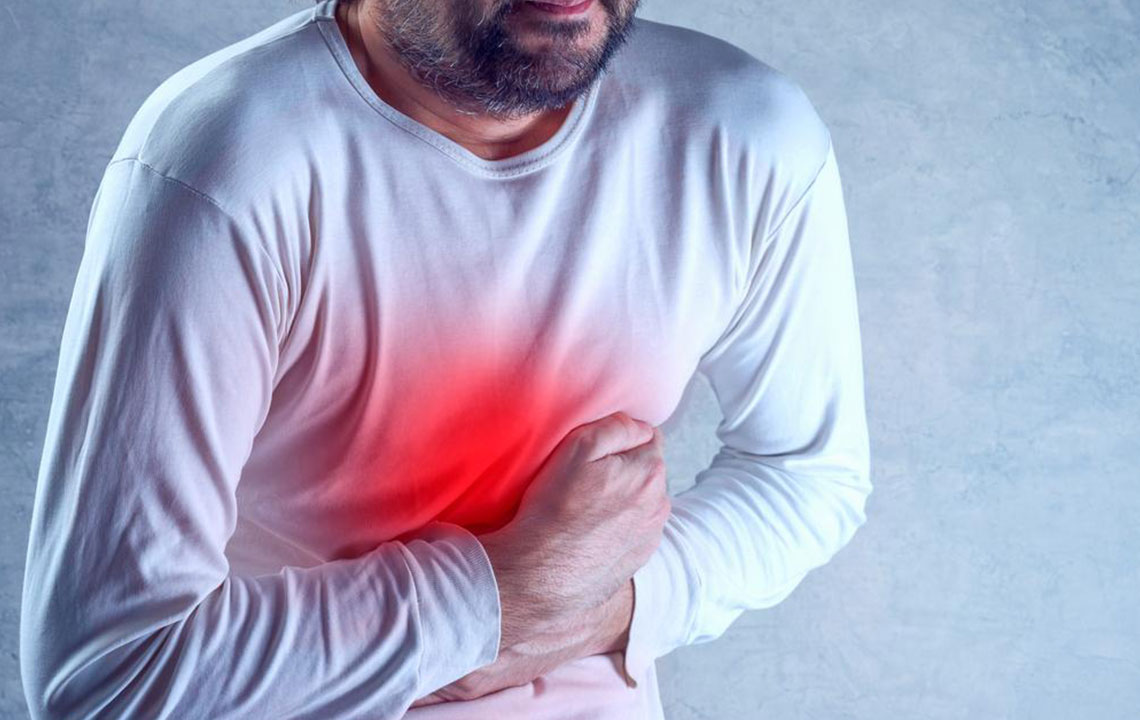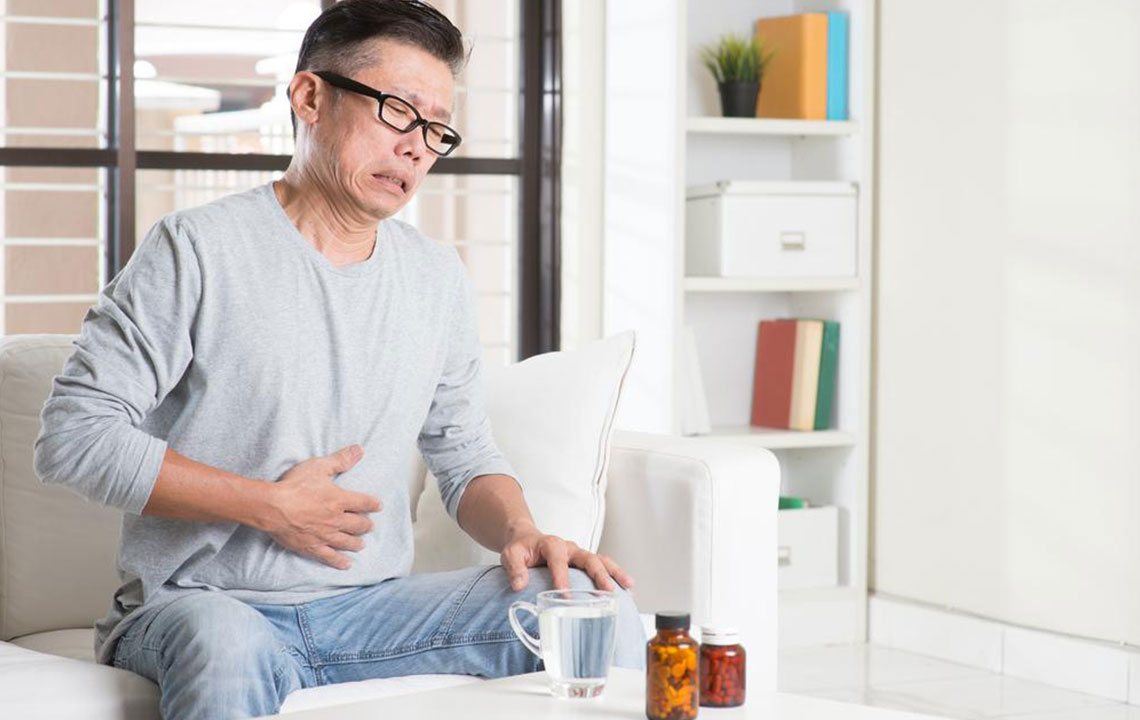Comprehensive Guide to Hemorrhoid Treatment and Relief Strategies
This comprehensive guide explores effective hemorrhoid treatments, from lifestyle changes and home remedies to minimally invasive procedures and surgery. Understanding these options can help you manage symptoms, reduce discomfort, and promote healing efficiently. Early medical consultation is key to preventing complications and ensuring proper care for hemorrhoids, improving quality of life and rectal health long-term.

Effective Methods for Managing and Healing Hemorrhoids
Hemorrhoids are a common condition characterized by swollen blood vessels in the lower rectal and anal regions. They can cause discomfort, itching, pain, and sometimes bleeding during bowel movements. Although not life-threatening, hemorrhoids can significantly impact daily life and comfort. Fortunately, there are a variety of treatment options available, ranging from simple lifestyle adjustments and home remedies to advanced medical procedures. Understanding these options can help patients manage symptoms effectively and promote faster healing.
What are the effective strategies for treating hemorrhoids?
Home remedies for hemorrhoid relief
Mild symptoms of hemorrhoids can often be managed successfully with natural and home-based remedies. These approaches are especially suitable for early-stage hemorrhoids or for individuals looking to supplement medical treatment. By adopting certain lifestyle modifications, patients can alleviate pain, reduce inflammation, and prevent worsening of symptoms.
Enhancing fiber intake: Incorporate abundant vegetables, fresh fruits, oats, whole grains, and legumes into your daily diet to increase fiber consumption. Fiber plays an essential role in softening stool and increasing its bulk, which reduces straining during bowel movements—a primary cause of hemorrhoid aggravation. It is advisable to introduce fiber gradually to allow your digestive system to adjust and prevent symptoms like bloating or gas.
High-fiber diets also promote regular bowel movements, decreasing the likelihood of constipation and straining, which are major contributors to hemorrhoid development. Alongside dietary fiber, drinking plenty of water—at least 8-10 glasses daily—helps keep stools soft and easy to pass.
Warm sitz baths: Soaking the affected area in warm water for 10-15 minutes, three times daily, can significantly reduce inflammation and alleviate pain. Using a sitz bath attachment that fits onto your toilet makes this process convenient and easy to incorporate into your daily routine. Adding soothing agents like Epsom salts or medicinal herbs can enhance the bath's calming effects.
Topical treatments for hemorrhoids: Over-the-counter creams, ointments, or suppositories containing hydrocortisone, witch hazel, or numbing agents like lidocaine can help diminish inflammation and relieve pain. Applying these treatments directly to the affected area provides targeted relief and can speed up recovery.
Maintaining excellent anal hygiene is crucial. Instead of using dry toilet paper, opt for alcohol-free, unscented moist towelettes or gentle washes to keep the area clean. Daily warm water baths and careful patting dry or using a hairdryer on a low setting help prevent irritation and infection. Proper hygiene not only promotes healing but also prevents the development of secondary infections.
Pain management options: For immediate relief, over-the-counter pain relievers such as acetaminophen (paracetamol), ibuprofen, or aspirin can alleviate discomfort temporarily. These medications help reduce pain and inflammation associated with hemorrhoids, improving quality of life during flare-ups.
Cold therapy: Applying ice packs or cold compresses to the affected area for 10-15 minutes can diminish swelling, numbached area, and relieve discomfort. Always ensure to wrap ice packs in a cloth to avoid direct contact with the skin to prevent frostbite.
In addition to these conservative measures, medical interventions may be necessary for persistent or severe cases:
External hemorrhoid thrombectomy: If a blood clot develops externally, a healthcare professional can perform a minor incision to remove it. This quick procedure provides instant relief when performed within the first 72 hours of clot formation and can significantly reduce symptoms and improve comfort.
For long-term management of troublesome hemorrhoids, minimally invasive procedures are often effective:
Rubber band ligation: This procedure involves the application of small rubber bands around the base of internal hemorrhoids, cutting off their blood supply. Within a week, the hemorrhoid shrinks and falls off naturally. Although generally safe, temporary discomfort, mild bleeding, or itching can occur post-procedure.
Injection therapy (sclerotherapy): A chemical solution is injected into the hemorrhoid tissue to cause shrinkage and scarring, which blocks blood flow. It is painless and suitable for smaller hemorrhoids but may be less effective for large or prolapsed hemorrhoids.
Coagulation techniques: Utilizing heat, laser, or infrared light, these methods cause hemorrhoids to harden and diminish. They are minimally invasive and typically well-tolerated; however, there may be immediate discomfort, and the risk of recurrence exists.
When conservative and minimally invasive treatments fail, or in cases of severe or recurrent hemorrhoids, surgical options become necessary:
Hemorrhoidectomy: This procedure involves surgically excising excess tissue causing bleeding and discomfort. It boasts high success rates for recurrent or large hemorrhoids but may involve a hospital stay and postoperative pain. Proper wound care and pain management are crucial for rapid recovery.
Stapled hemorrhoidopexy: Also known as Procedure for Prolapse and Hemorrhoids (PPH), this less invasive surgery repositions prolapsed hemorrhoidal tissue and cuts off blood flow, causing it to shrink. Recovery time is faster compared to traditional hemorrhoidectomy, but there are risks such as rectal prolapse or recurrence, which should be discussed with your doctor. Potential complications include pain, bleeding, and urinary retention, although these are rare.
Early consultation with a healthcare professional at the first signs of hemorrhoids is imperative. Prompt diagnosis and appropriate treatment planning can help prevent complications like strangulation, thrombosis, or chronic bleeding, preserving overall rectal health. Ultimately, an individualized treatment approach combining lifestyle modifications, home remedies, and medical interventions provides the best results for hemorrhoid relief and long-term health.





